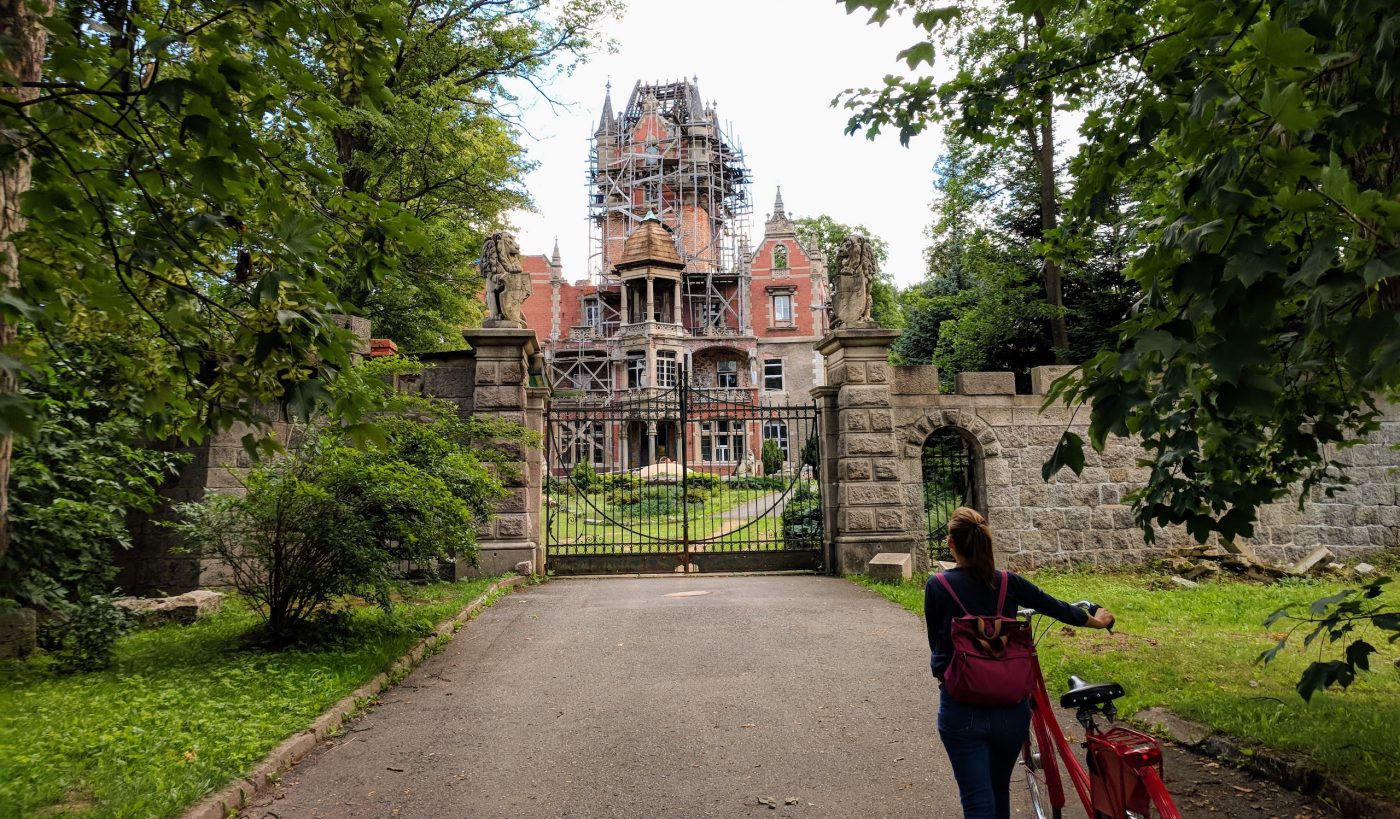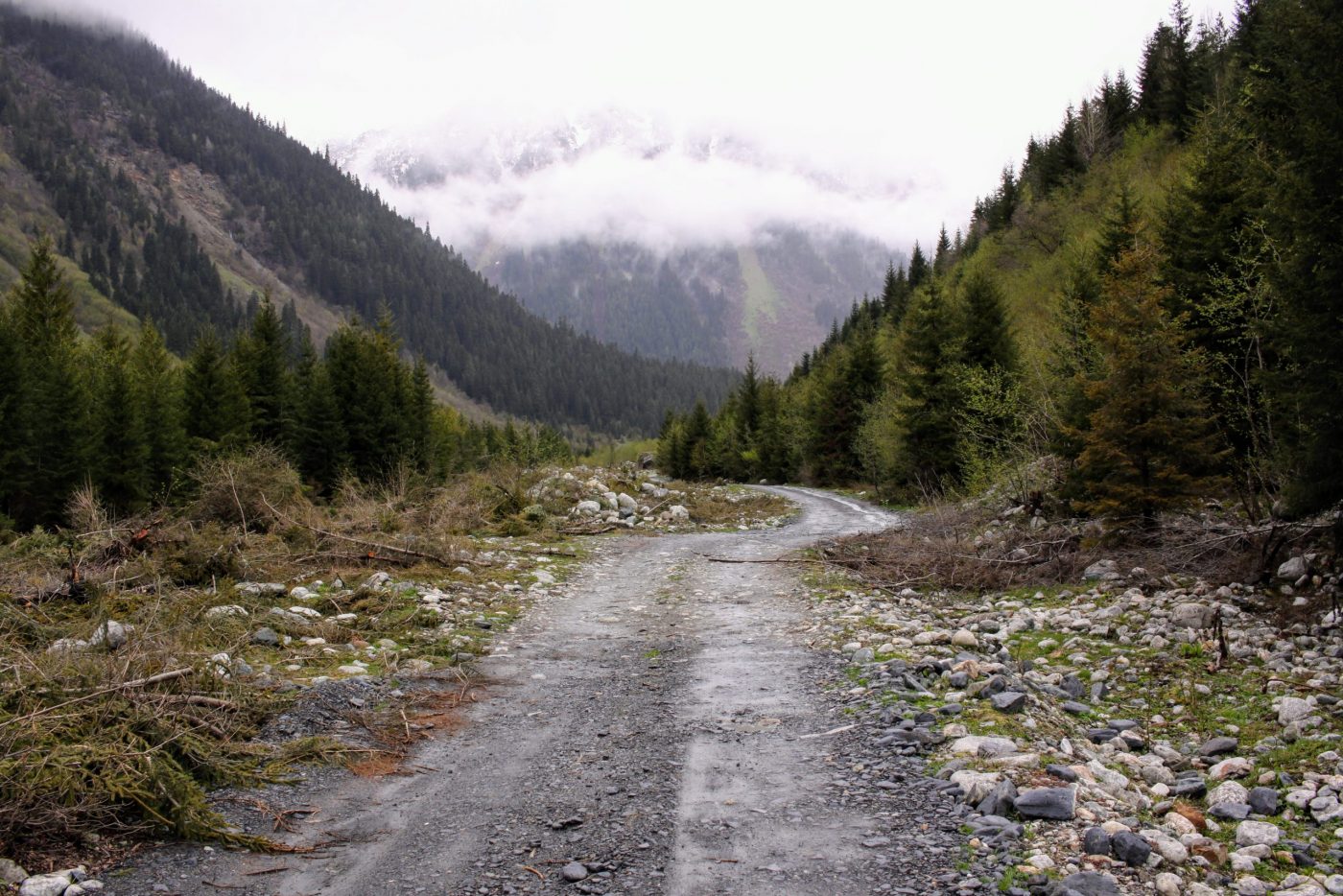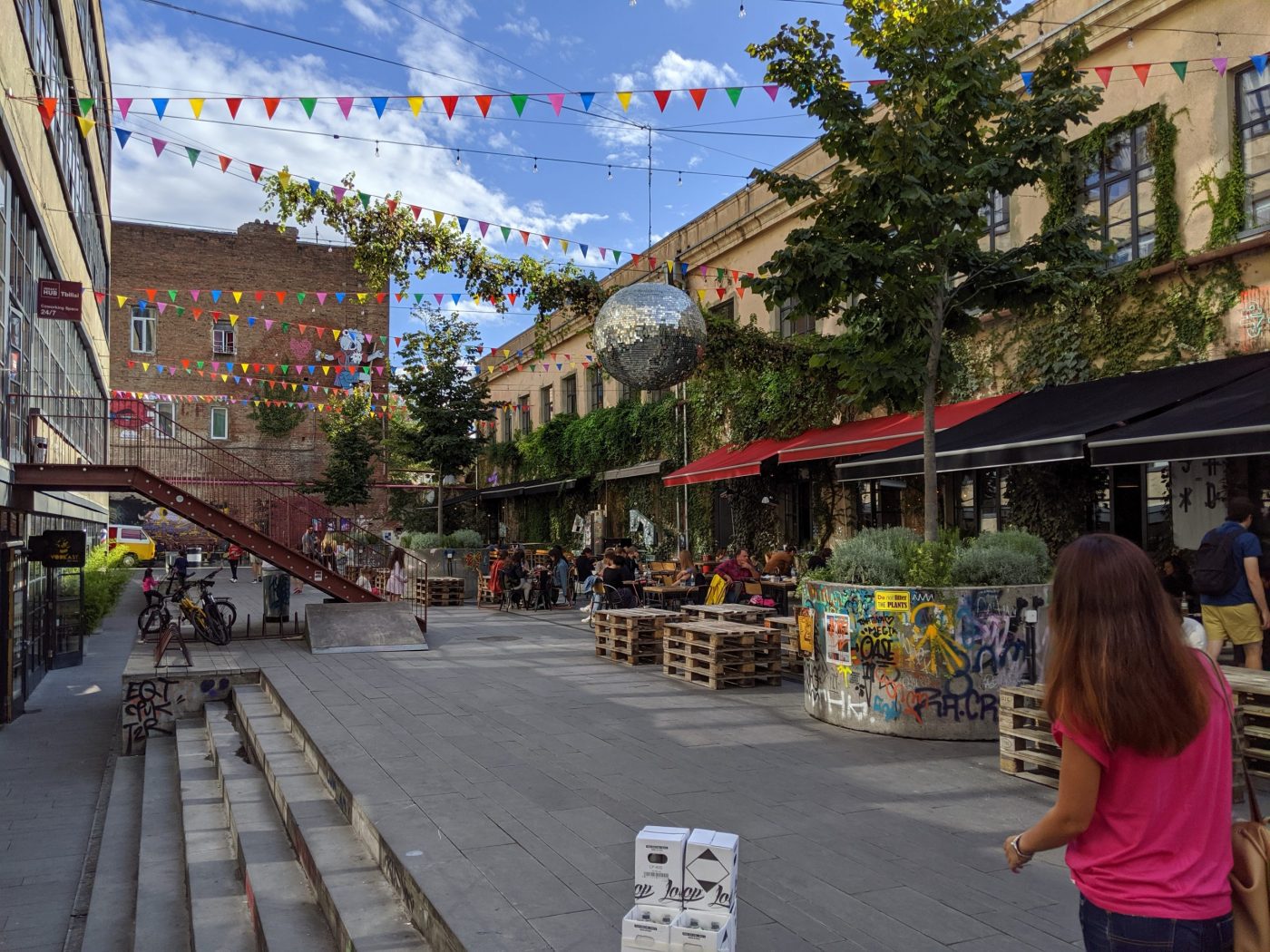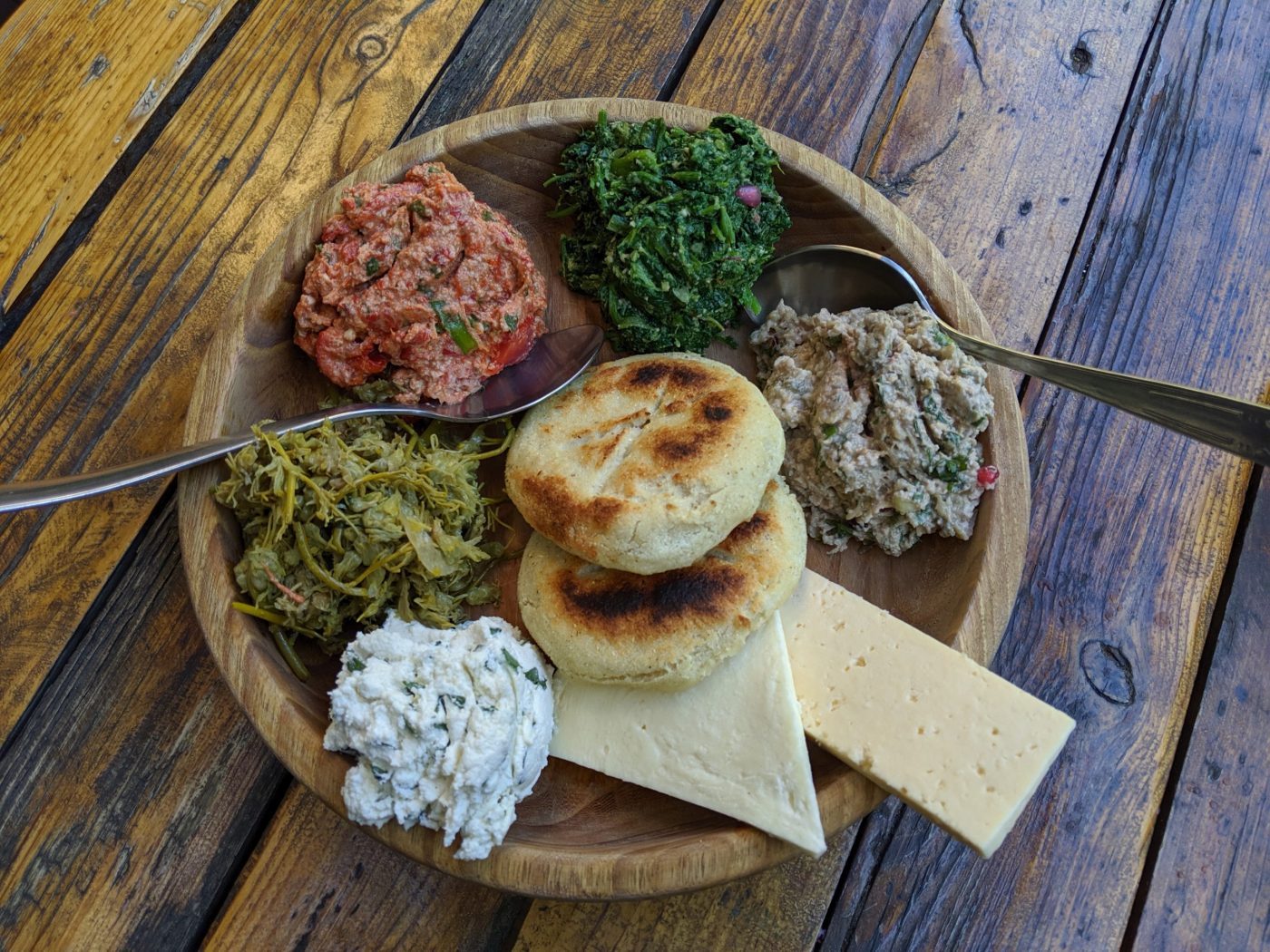
Traveling on a budget in Europe

We have to admit: 2020 hasn’t been the best year for travelers so far. But with coronavirus restrictions lifting all around Europe, tourism is slowly picking up again. While the last few months have been a great reminder that exploring your local surroundings can be great, the travel bug has bitten us and we are ready to venture a bit further. Intercontinental travel still seems off limits, but luckily we have more than enough to discover in Europe.
One thing that the virus hasn’t changed: Our funds are not limitless, so we’ll have to travel Europe on a budget. Want to know how?
Trip planning
We have said it before and we will say it again and again: The first step in planning your trip should always be an honest look at your bank account. How much money can you spare for your next adventure? Your holiday budget will determine when, where and how long you can travel.
For lowest prices we’d suggest going either from November to March (minus the Christmas and New Year holidays). If you aren’t ready for the cold, April to May or September to October are your second best shot. From June to August you’ll travel during the busiest and priciest time.
You can either aim for a shorter trip with the possibility to splurge a bit more, or opt for a longer, and more frugal trip. Crucial for your budget is obviously the place you travel to, which leads us to…
Smart destination alternatives
We don’t know about you, but we sometimes have the feeling of already having been to a place because of the endless impressions we see on Instagram. Why not explore somewhere new? Popular places also tend to be more expensive, so we recommend you venture off the well-trodden path for the sake of your wallet. Europe has so much more to offer than Paris, Rome, London etc.
Does your idea of a dream vacation include hiking, amazing views and delicious, hearty food? No need to set off for the Alps, when Georgia has all of this to offer – minus the flocks of tourists and high prices. Looking for those insta-worthy colourful houses by the seaside à la Copenhagen? Try Gdansk, a city on the Baltic coast of northern Poland. Besides its beautiful architecture, you’ll find delicious pierogi and interesting history around every corner. Want a beach holiday on the Mediterranean with a small price tag? Save Italy, Croatia and Greece for another trip and discover all that the Albanian Riviera has to offer: golden beaches, turquoise water and friendly locals.

The cheapest flights (or other ways to get around)
You have chosen a destination, now you’re facing the first major expenditure of your trip: transport. We like to use websites and tools like Momondo, Kayak, Google Flights or Skyscanner to make sure we get the best deal on our flights.
Don’t just resort to flying because it is the fastest way to get around: Trains and buses might be another cheap (and more sustainable) option.
Look for train connections on websites like Omio or trainline and profit from views of the countryside that you’d never get from a plane. Book further in advance and look out for promotions to get the best deal. If you are planning on using trains a lot, look into getting an InterRail (for EU citizens only) or Eurail Pass.
We don’t mind long journeys on a bus, because it means cheap and eco-friendly travel. If you’re the same, definitely check bus services like Flixbus, Eurolines and Megabus. Comfortable with the idea of carpooling? BlaBlaCar connects you with drivers going the same way as you.

Sleeping and eating on a budget
Let’s face it: A major slice of your holiday fund will go towards accommodation. If you want to keep the amount you spend on a roof over your head as small as possible, you have the following options:
- Hostels: not the most luxurious option, but a good way to meet people
- Couchsurfing: only for extroverts, but you are crashing for free
- Workaway: work a few hours a day for board and lodging
- Camping: cheap and cheerful, especially good for trips in the nature
- Airbnb: not as cheap as it once was, but still a great option for many destinations
To keep food costs low, you can take advantage of free hostel breakfasts and cook some of your meals yourself if you have the amenities. But at least for us, food is an integral part of traveling. So don’t deny yourself the opportunity to sample the local food. Streetfood is a cheap and delicious option (souvlaki, pretzels, churros – yum!). Also, many places have lunch specials that give you a good value for money. Just try to avoid restaurants close to big sights that cater towards a very touristy audience.

Entertainment on the cheap
As a good vacation involves more than just sleeping and eating (but hey, we don’t judge!), you need to allocate some budget for your holiday activities.
A city break usually includes visits to museums and galleries. That doesn’t always have to make a dent in your budget. Even an expensive place like London has many (world renowned) museums you can visit with no cost. In other cities you can visit for free on a specific day (e.g.: Berlin, Rome, Amsterdam). Do your research and check whether a tourist pass makes sense for you – they usually combine public transport and entrance tickets to the biggest attractions. Free walking tours have become a pretty popular way to see the main highlights of a city. Or just wander around and explore the city on your own – most European cities are very walkable.
Don’t lose track!
An ice cream cone here, a small trinket from the market there. Your spending can rack up quickly without you even noticing. To avoid ending up with insufficient funds halfway into your trip, it’s crucial that you log your spending. Lucky for you, it’s 2020, so of course there is an app for it! Just download the TravelSpend app, set up your trip, enter your budget and keep putting in your expenses – there is no easier way to stay on top of your holiday finances.

© 2022 Ori App Studio GmbH